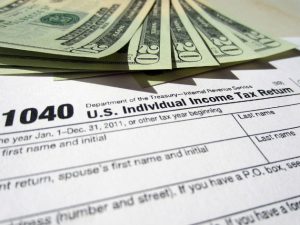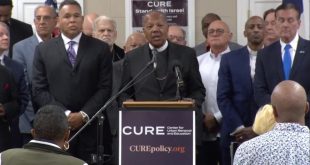 A lower tax rate, the Heritage Foundation reported, would allow taxpayers to build personal savings and help create jobs by encouraging businesses to invest.
A lower tax rate, the Heritage Foundation reported, would allow taxpayers to build personal savings and help create jobs by encouraging businesses to invest.
“Lowering individual rates and applying them consistently—i.e., without special breaks for only some people—would help average Americans build a nest egg and retain more earnings, which they could plow back into their business, their child’s education or their retirement plans.”
Heritage called the country’s corporate tax rate non-competitive, and Congress “should allow full expensing of capital investments and end the current policy of trying to tax the foreign earnings of businesses based in the United States.”
President Donald Trump’s tax reform plan would lower taxes, reduce the number of brackets from seven to three, and (15 percent, 25 percent, and 35 percent) lower the rate for corporations from 35 percent to 15 percent.
The Washington Times reported on the proposed changes (emphasis added):
A standard deduction for everyone would be doubled, but deductions except for mortgage interest and charitable contributions, including those to religious institutions, would be eliminated.
…
But the president’s tax-cut proposal, like his proposed budget, is just that, a proposal. Presidents propose and Congress can, and usually does, dispose. Republicans generally praised the president’s proposal in the hours leading up to the president’s announcement as details began to emerge from the White House. But many congressmen in the Grand Old Party are split on the size of the tax cuts in the Grand Old Proposal, and which tax breaks, particularly for business, should stay or go away.
What effective and meaningful tax reform looks like to most Americans: keeping more of the money they earn.
Photo credit: 401(K) 2012 (Creative Commons) – Some rights reserved
 CURE News and Clergy Blog News and Commentary for Christians
CURE News and Clergy Blog News and Commentary for Christians



